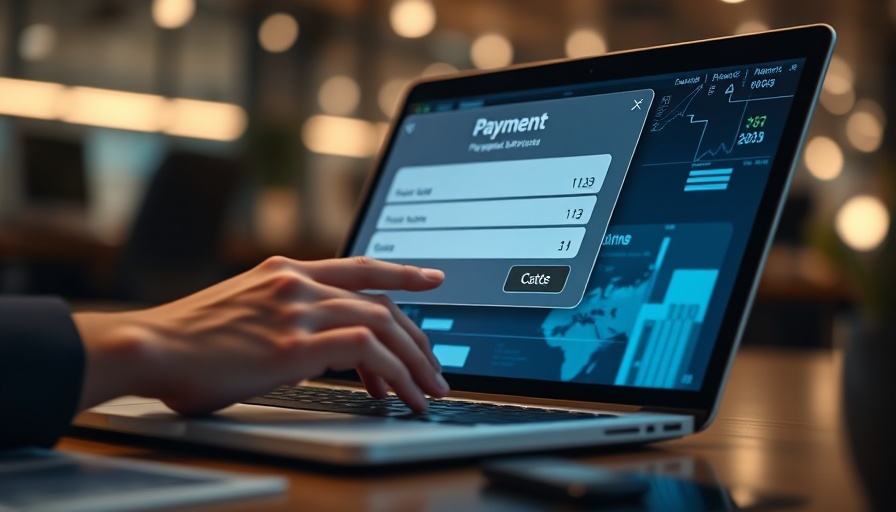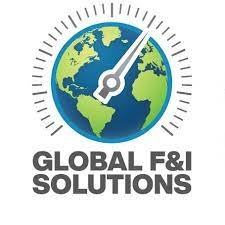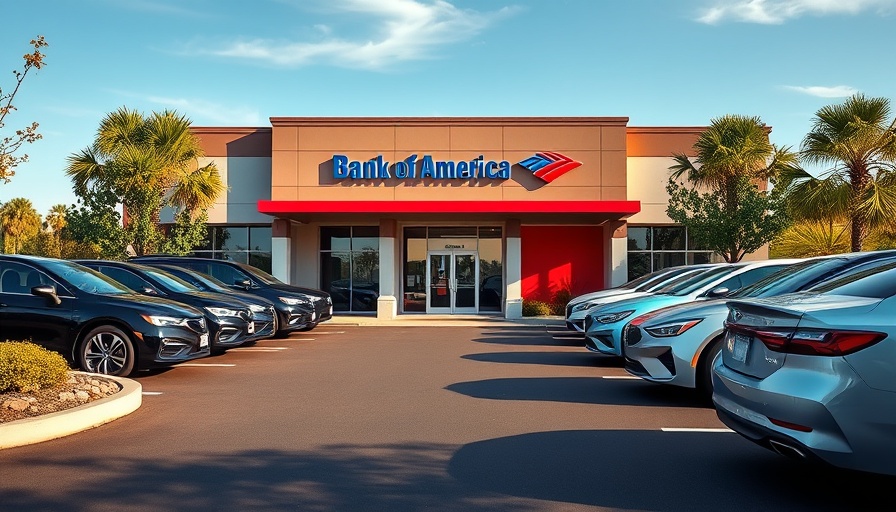
Understanding Electronic Loan Assets and Liquidity Needs
In today’s financial landscape, auto lenders are continuously seeking innovative strategies to enhance their liquidity and capitalize on the benefits of electronic loan assets. Pledging these digital assets to the Federal Reserve has become a notable trend within the auto loan sector, as financial institutions strive to optimize their capital utilization. This practice not only facilitates easier access to essential cash flow but also strengthens liquidity positions, especially during times of financial uncertainty.
Transforming the Auto Loan Landscape
The essence of pledging auto loans lies in the origination of these loans, which represent a significant portion of an institution’s asset portfolio. As more lenders transition from traditional paper-based loans to electronic formats, the concept of electronic collateral evolves, becoming a key component of both liquidity strategies and risk management. By transforming these loans into eAssets, banks can effectively broaden their market access while reducing financial risks.
The Process of Pledging Auto Loans
When a financial institution opts to pledge auto loans, it uses these electronic loans as collateral to access various liquidity resources. This can take the form of overnight lending or short-term loans, allowing institutions to meet operational demands and regulatory requirements promptly. The recent financial shake-ups, such as the collapse of Silicon Valley Bank, underscore the critical need for diverse liquidity mechanisms and the importance of effective asset management.
Benefits of Adopting Electronic Collateral
The advantages of pledging electronic collateral to the Federal Reserve are multi-fold. Lenders can unlock crucial liquidity options that were previously unavailable with traditional loan structures. According to experts, the enhanced security and risk management capabilities offered by electronic assets allow lenders to reach a more extensive range of creditworthy borrowers. Thus, banks are not merely trading in liquid cash but significantly enhancing their operational efficiency.
Future Trends: The Evolution of Auto Lending
Looking ahead, the evolution of digital lending and electronic asset management will undoubtedly reshape the future of financing in the auto sector. As the reliance on technology grows, banks and credit unions need to adapt their strategies to harness the full potential of eAssets. The trend suggests a significant shift toward adopting automated processes that not only enhance liquidity options but also minimize risks through robust compliance frameworks.
Actionable Insights for Dealership Principals
For dealership executives, leveraging knowledge about how to pledge electronic collateral with optimal efficiency can mean the difference between thriving and merely surviving in a competitive market. As you consider strategies to optimize your financing rates for used vehicles, exploring innovative loan products can provide lucrative opportunities. Ensuring that your financial institution is well-equipped to handle electronic loans can lead to lower used car financing rates and better financing options compared to traditional methods.
Key considerations include understanding how to calculate auto loan interest effectively and evaluating used auto financing calculators that optimize the borrowing process. By making informed decisions now, dealerships position themselves for successful negotiations on loans, which can directly benefit their bottom line.
Conclusion: Maximizing Your Opportunities
As the auto financing landscape continues to evolve through digital transformation, it is imperative for dealership leaders to stay informed about the benefits of electronic loan assets. The ability to efficiently pledge these assets to the Federal Reserve opens numerous doors, from optimizing liquidity strategies to reducing financial risks. Engage with industry experts and consider participating in webinars aimed at improving your understanding of these mechanisms. Your proactive approach could set your dealership up for success in today's fast-paced market.
 Add Row
Add Row  Add
Add 




Write A Comment